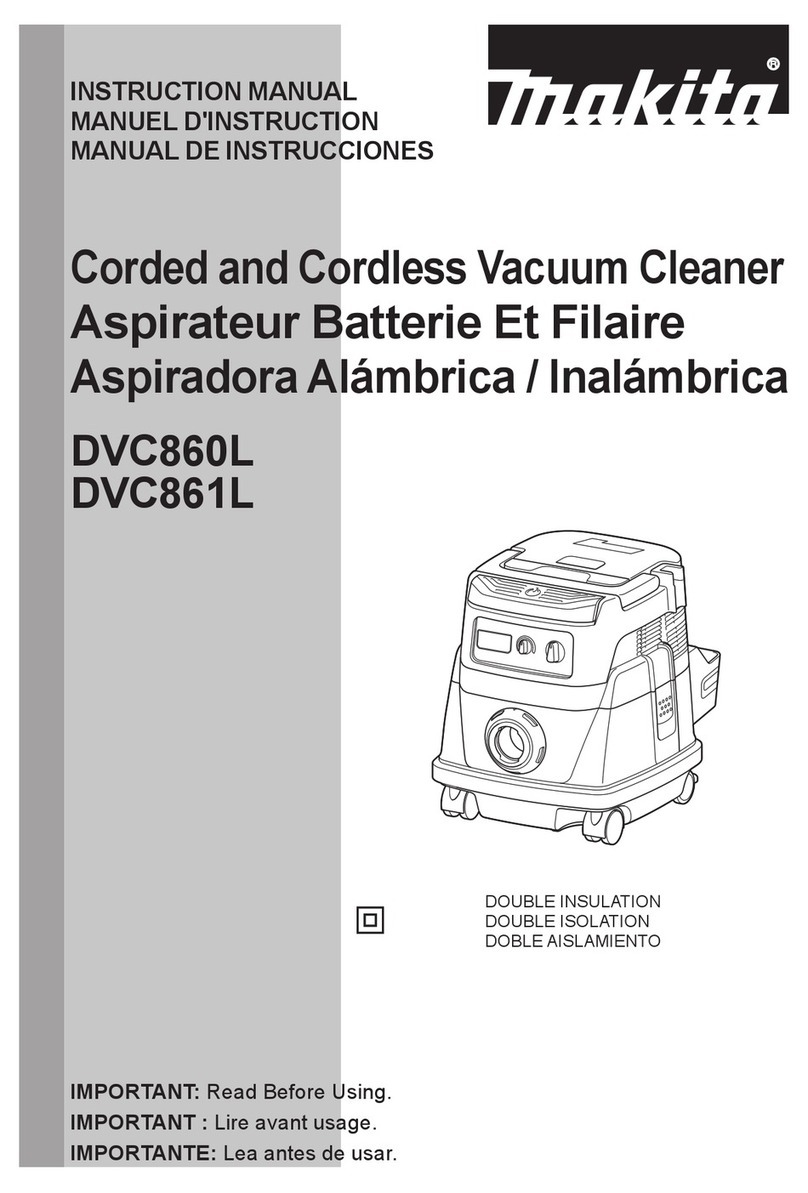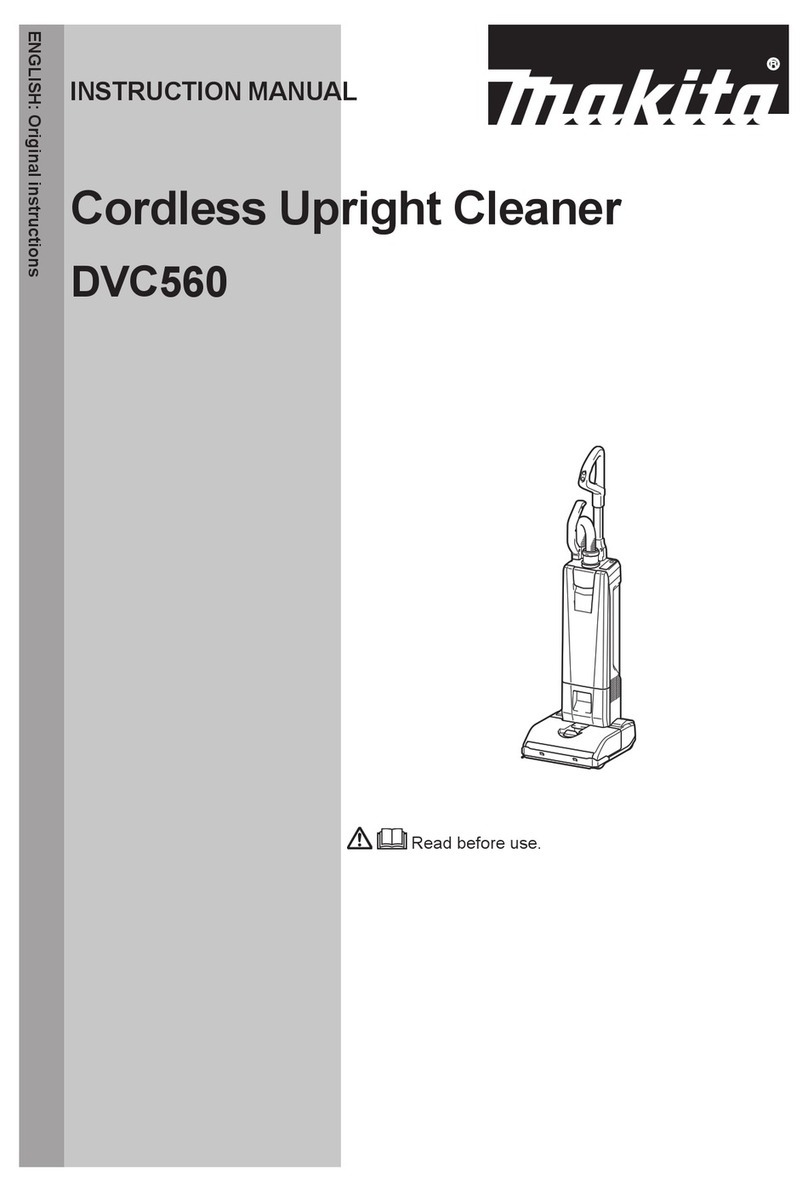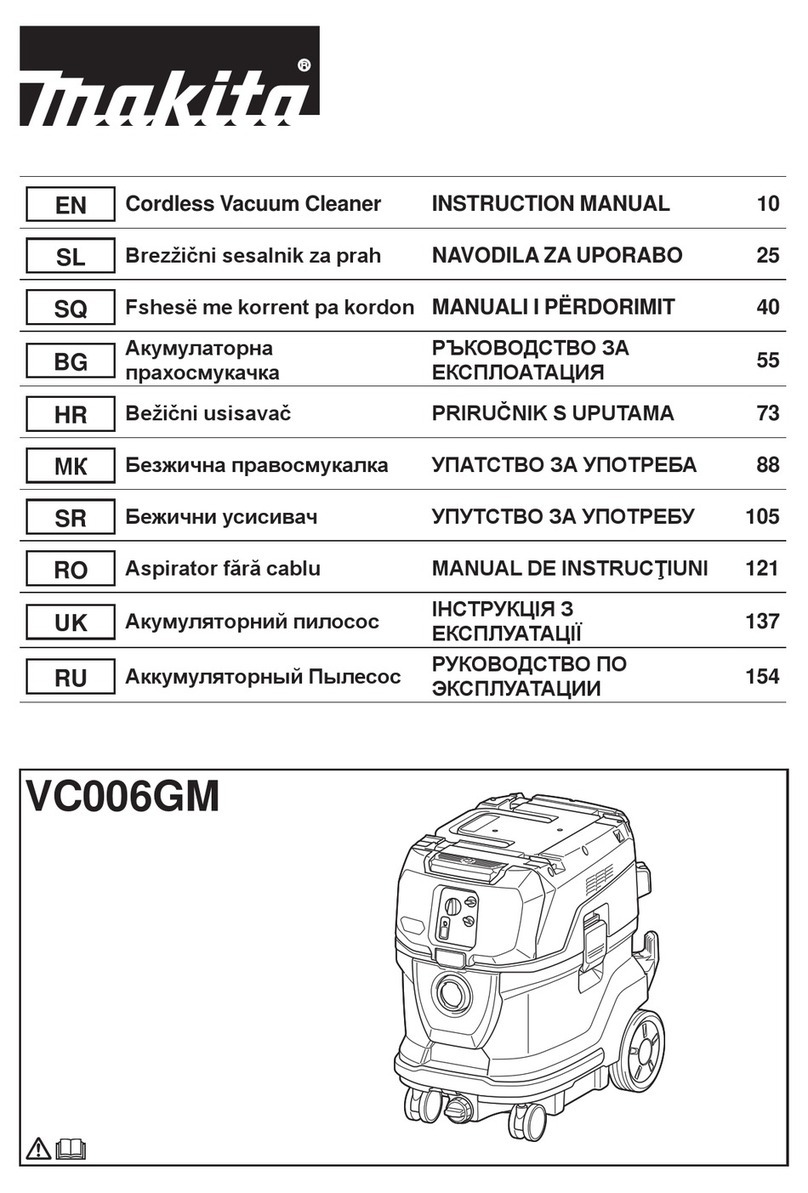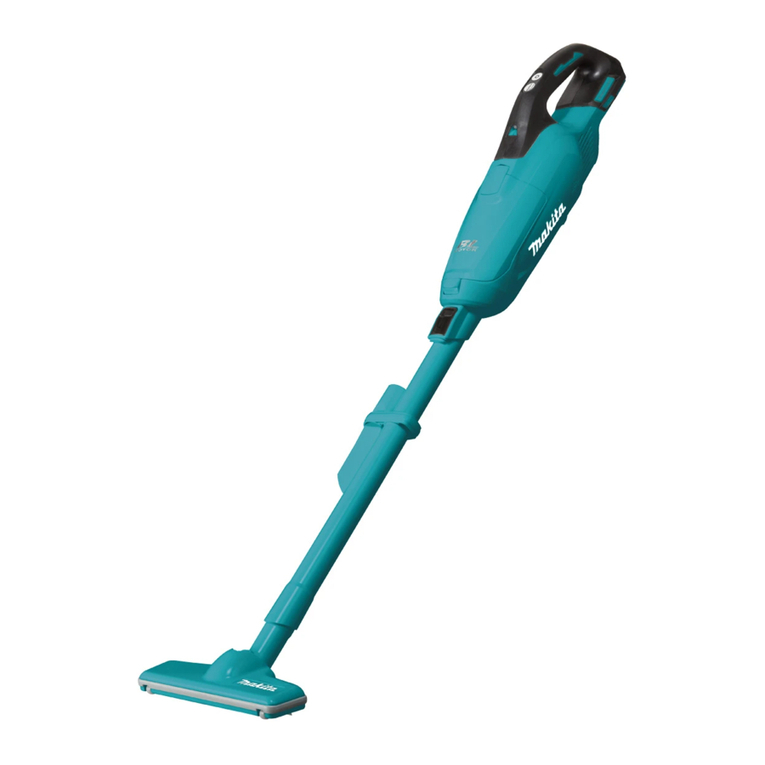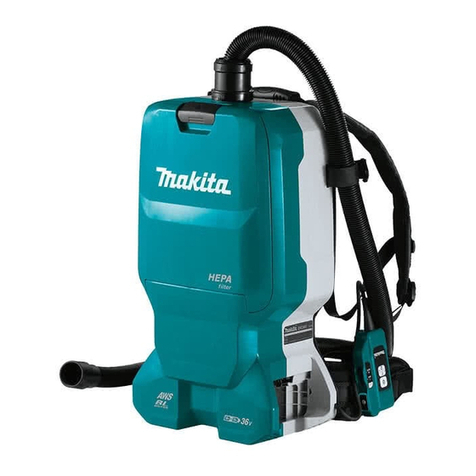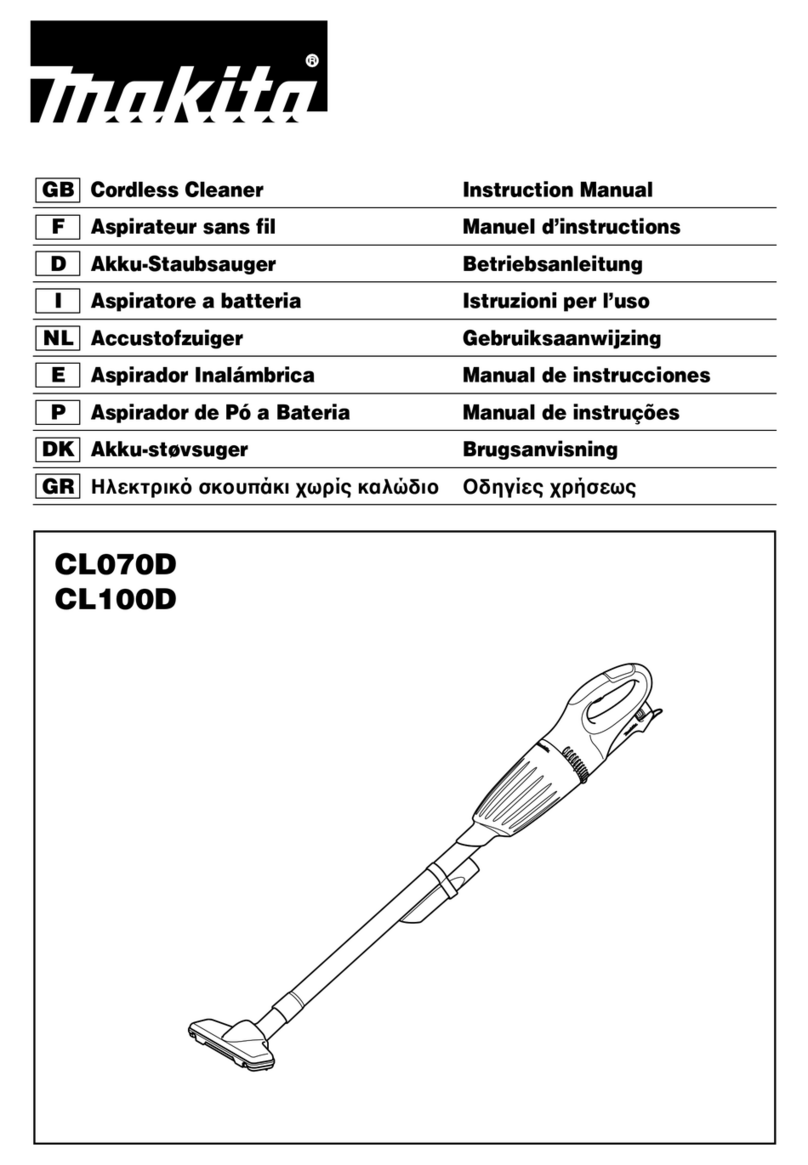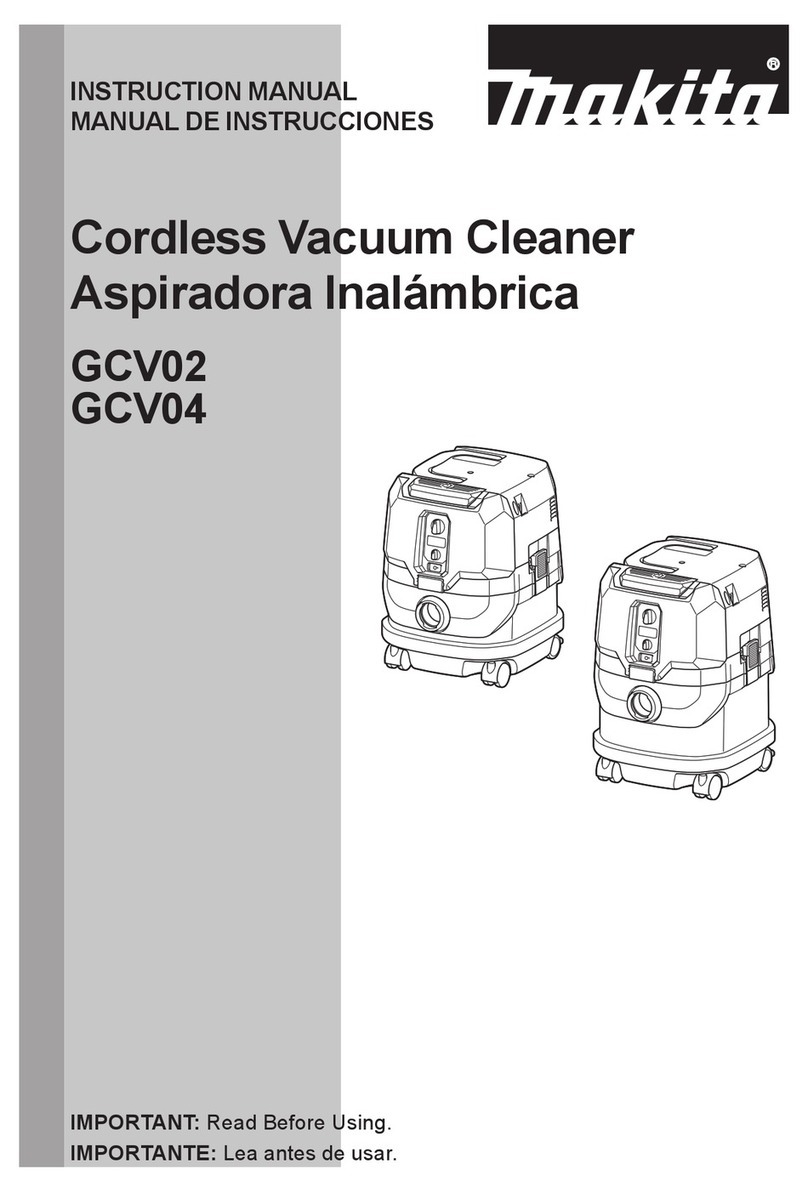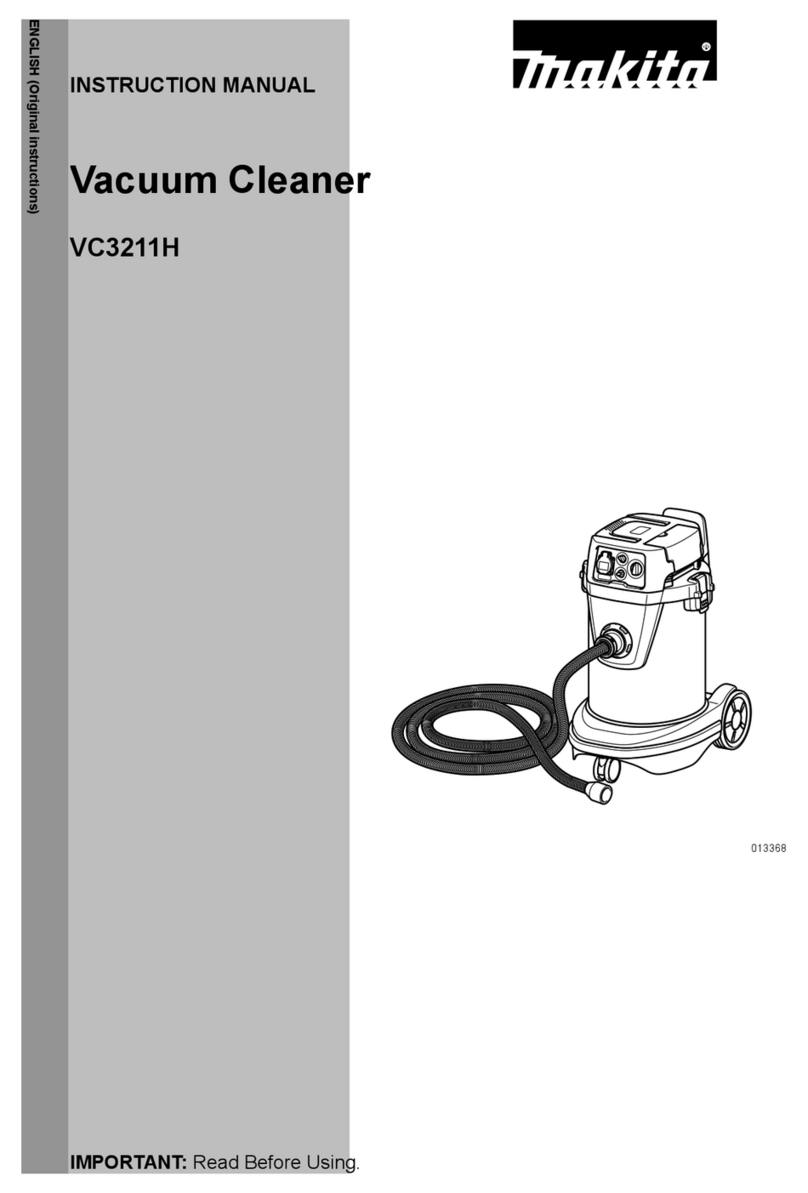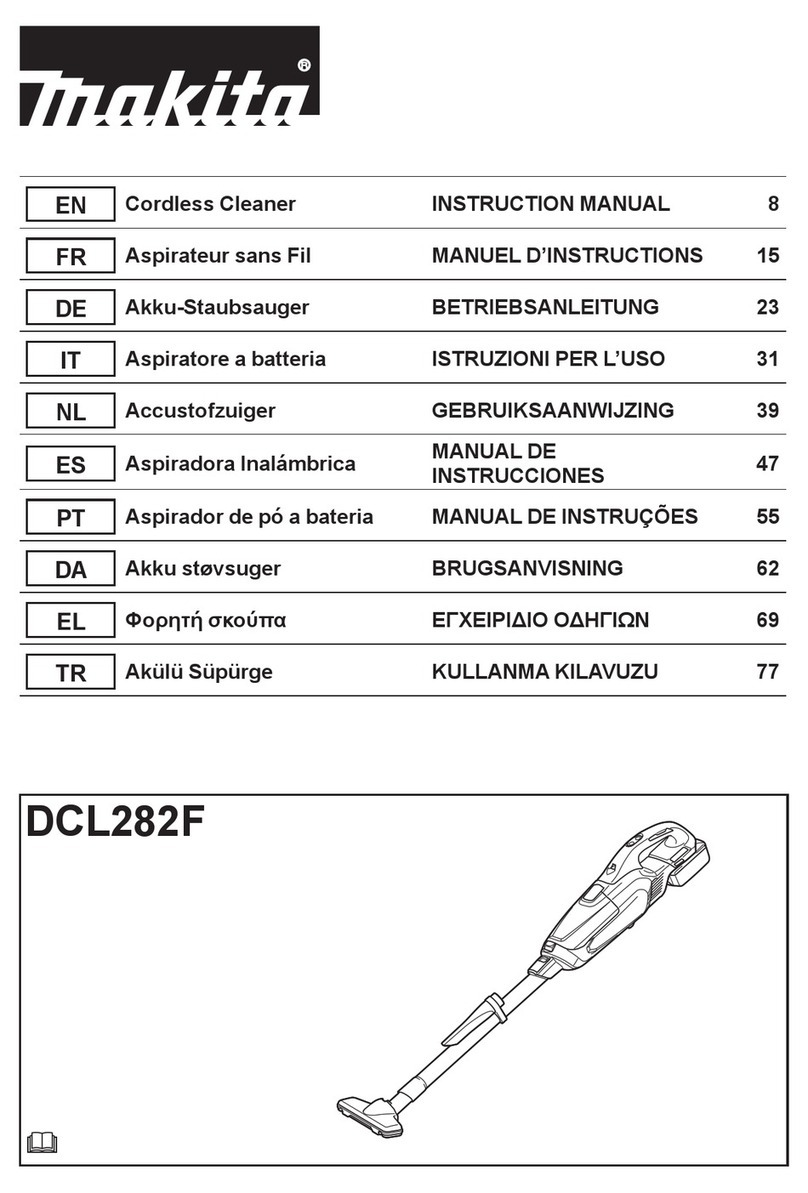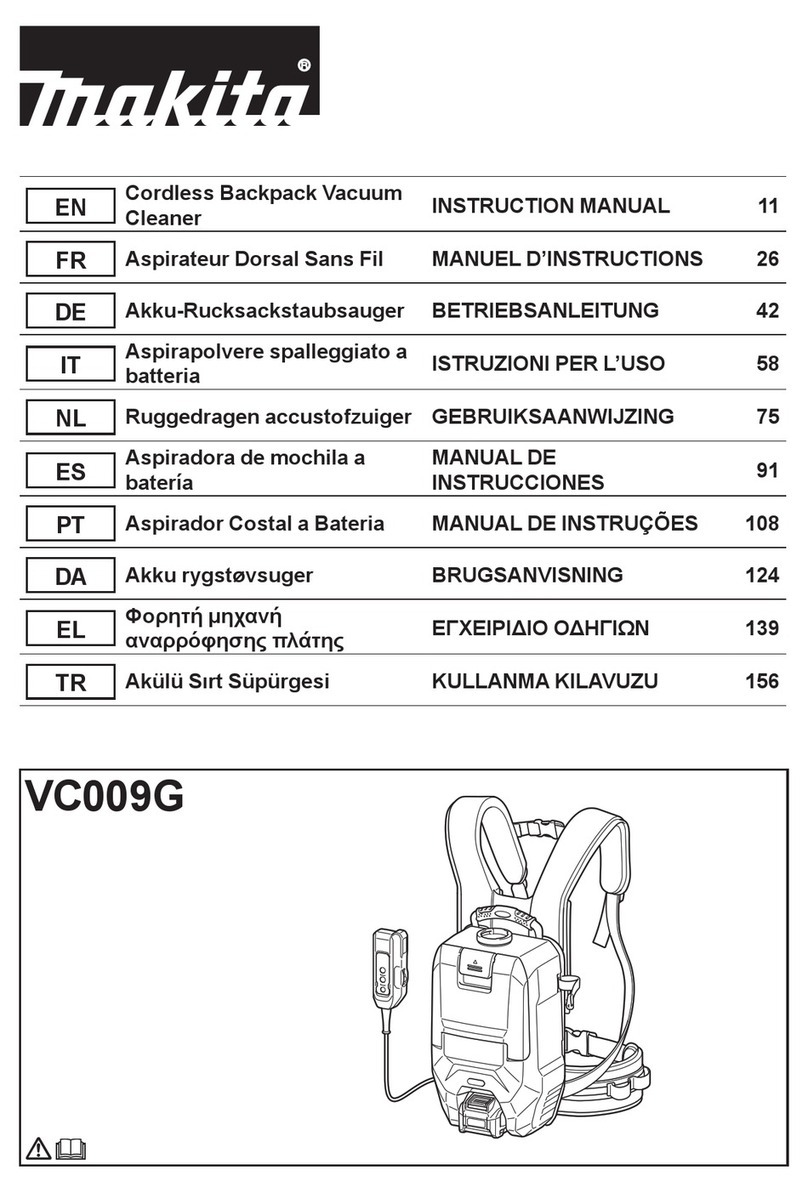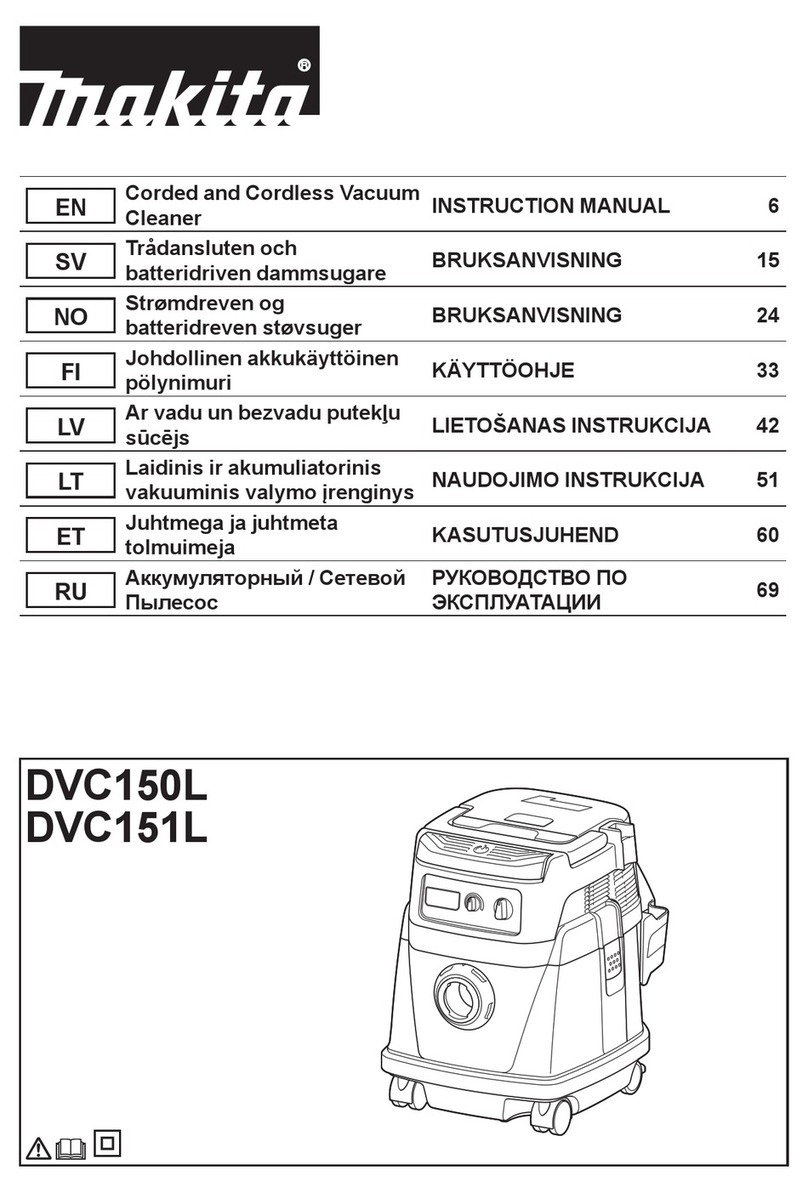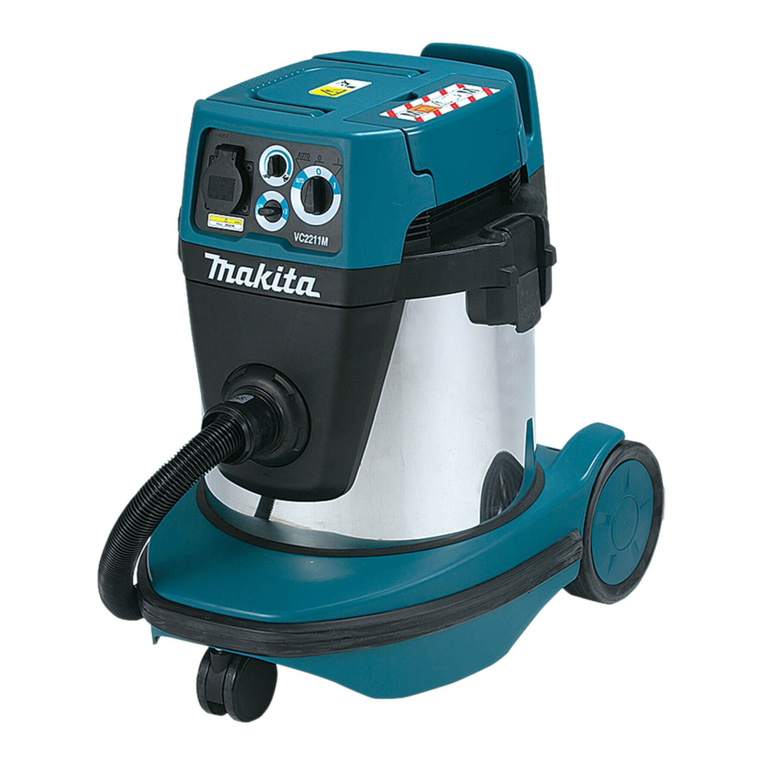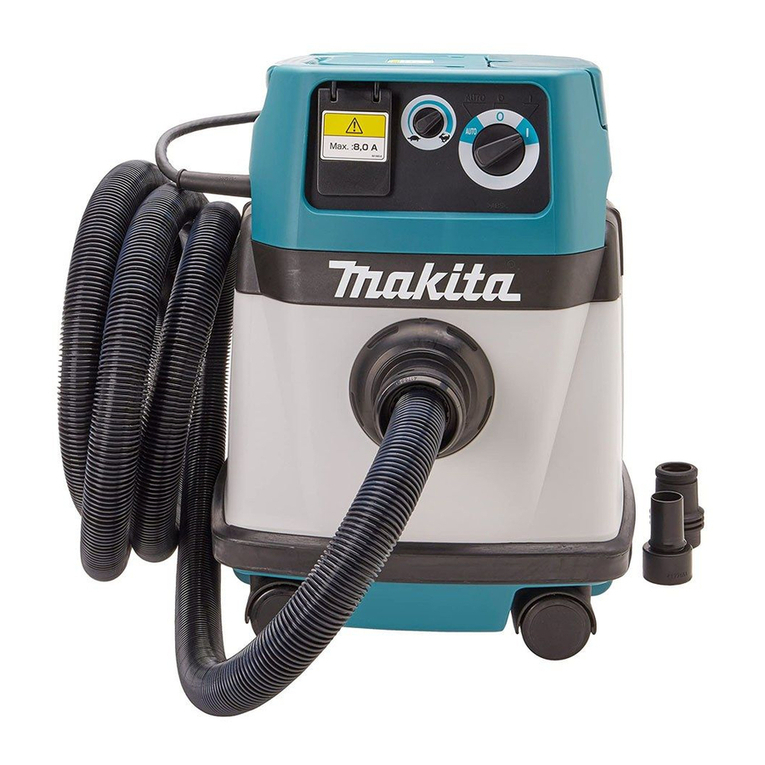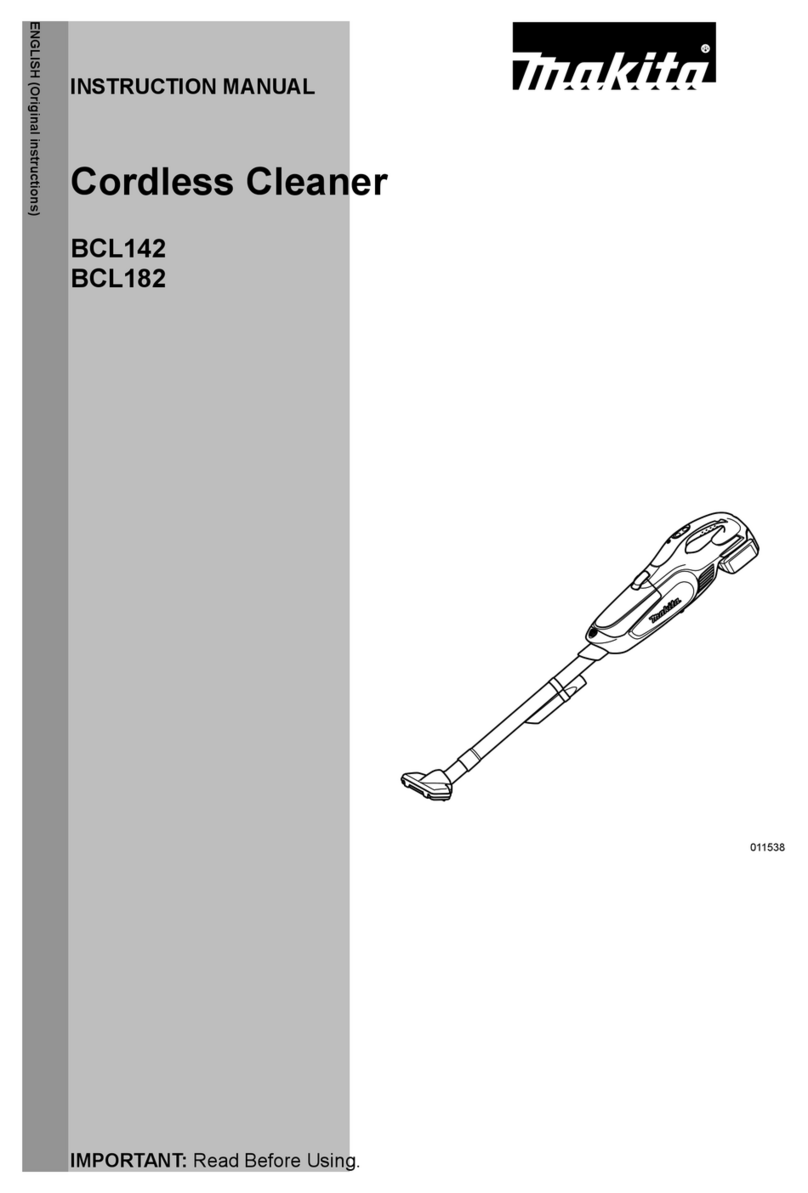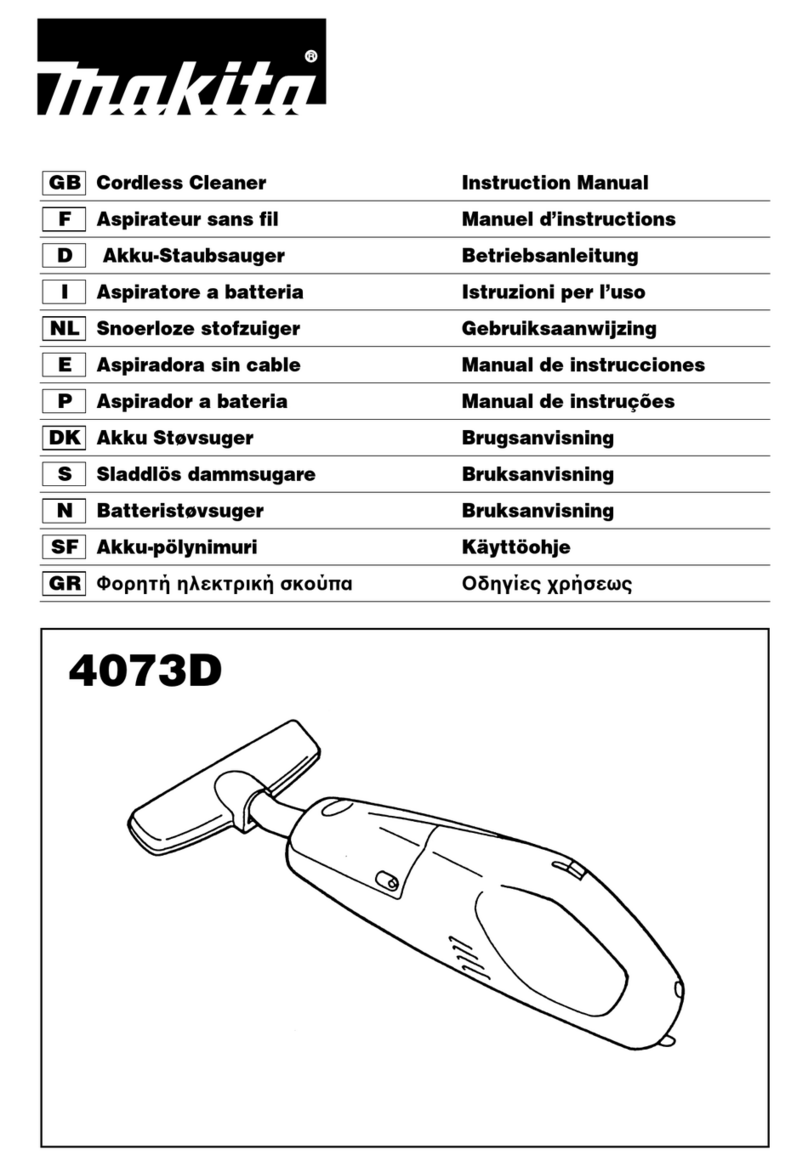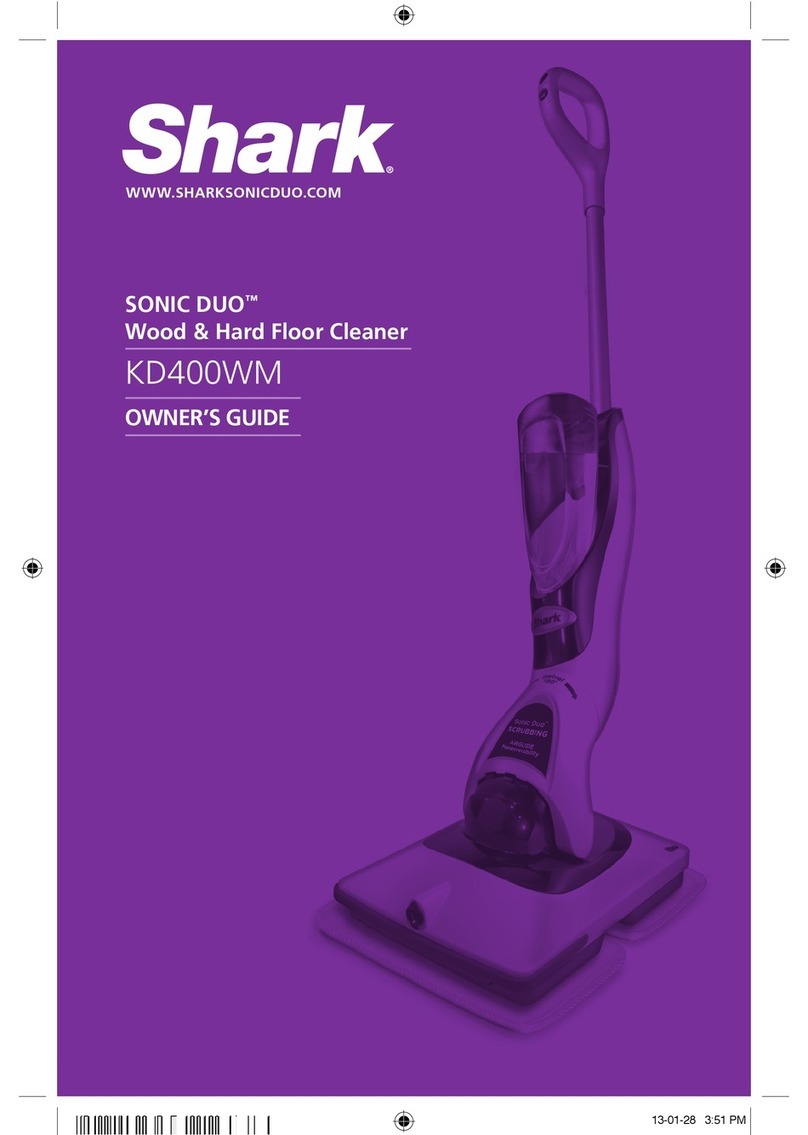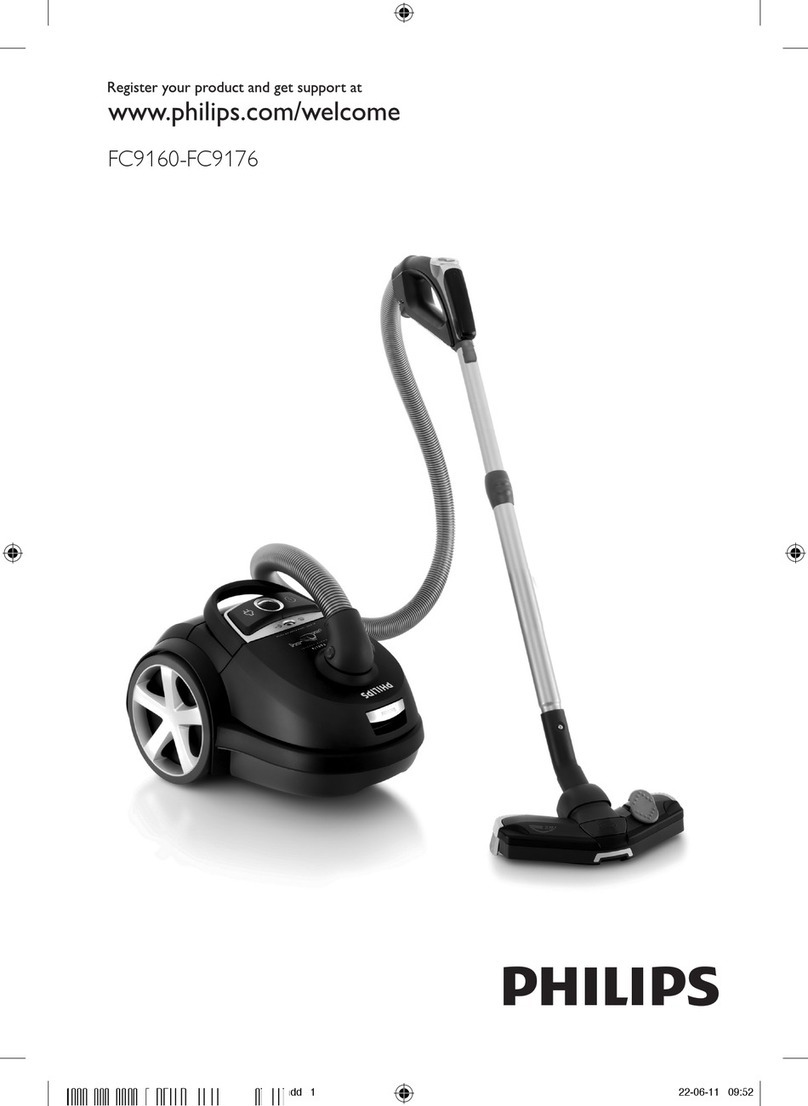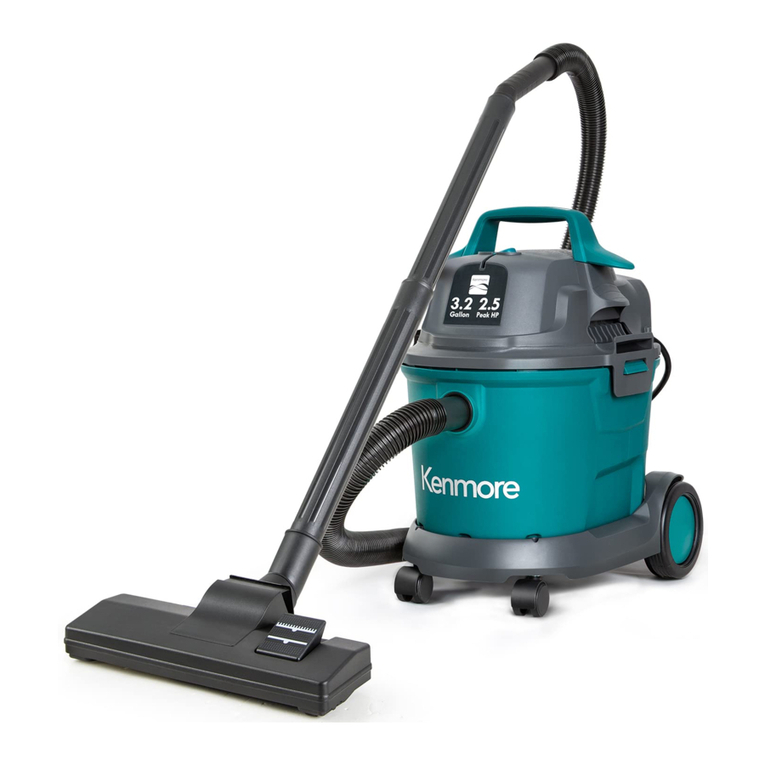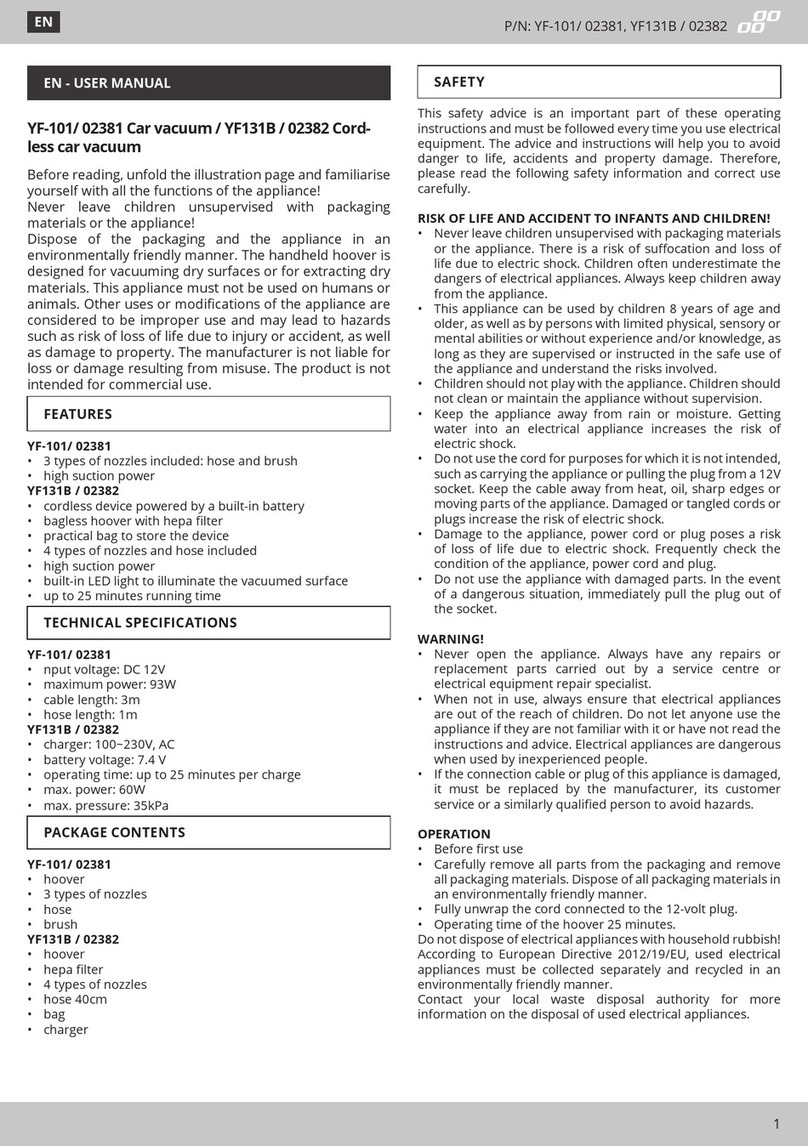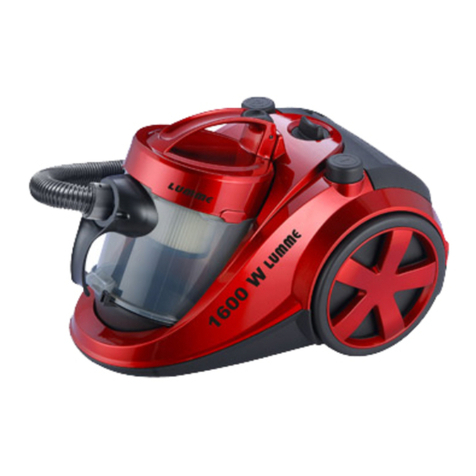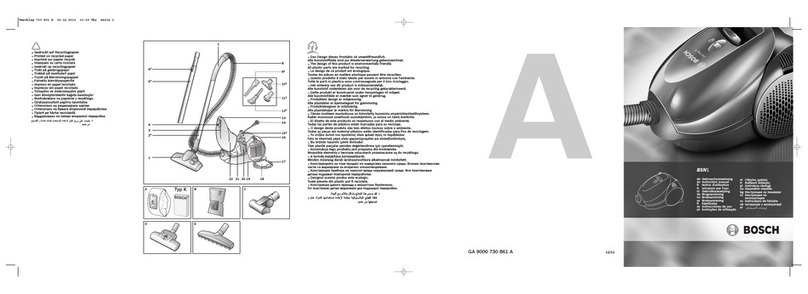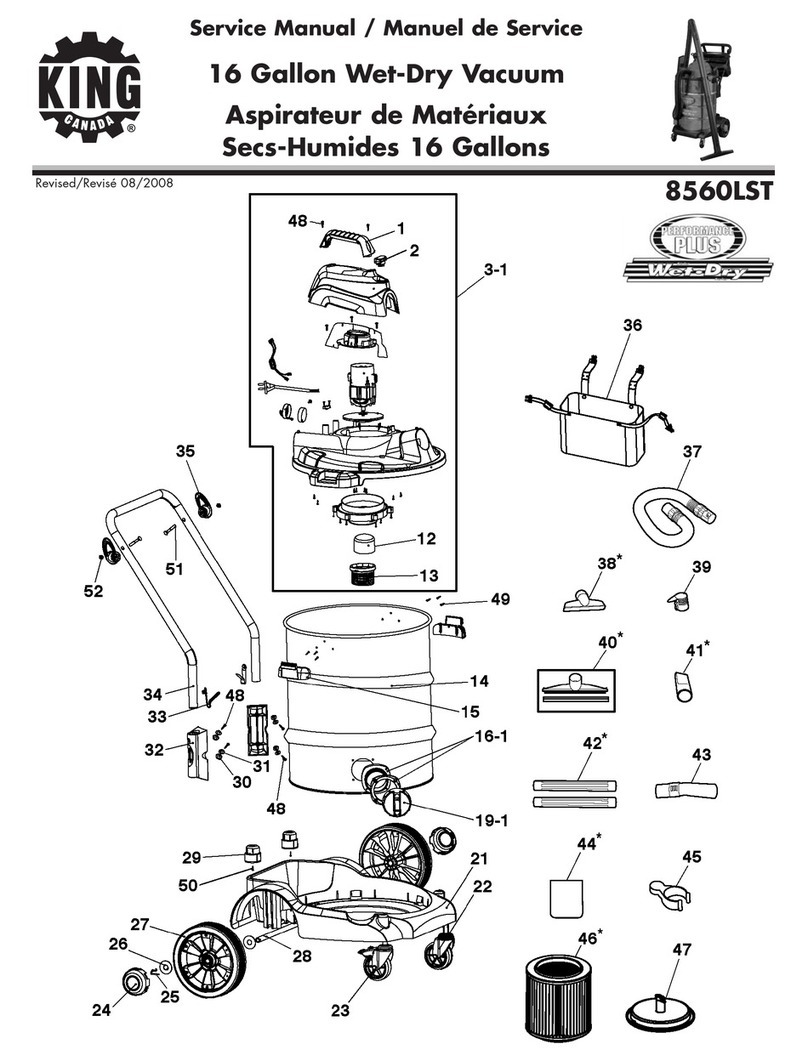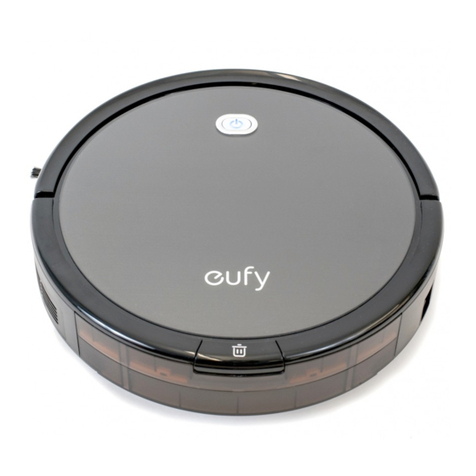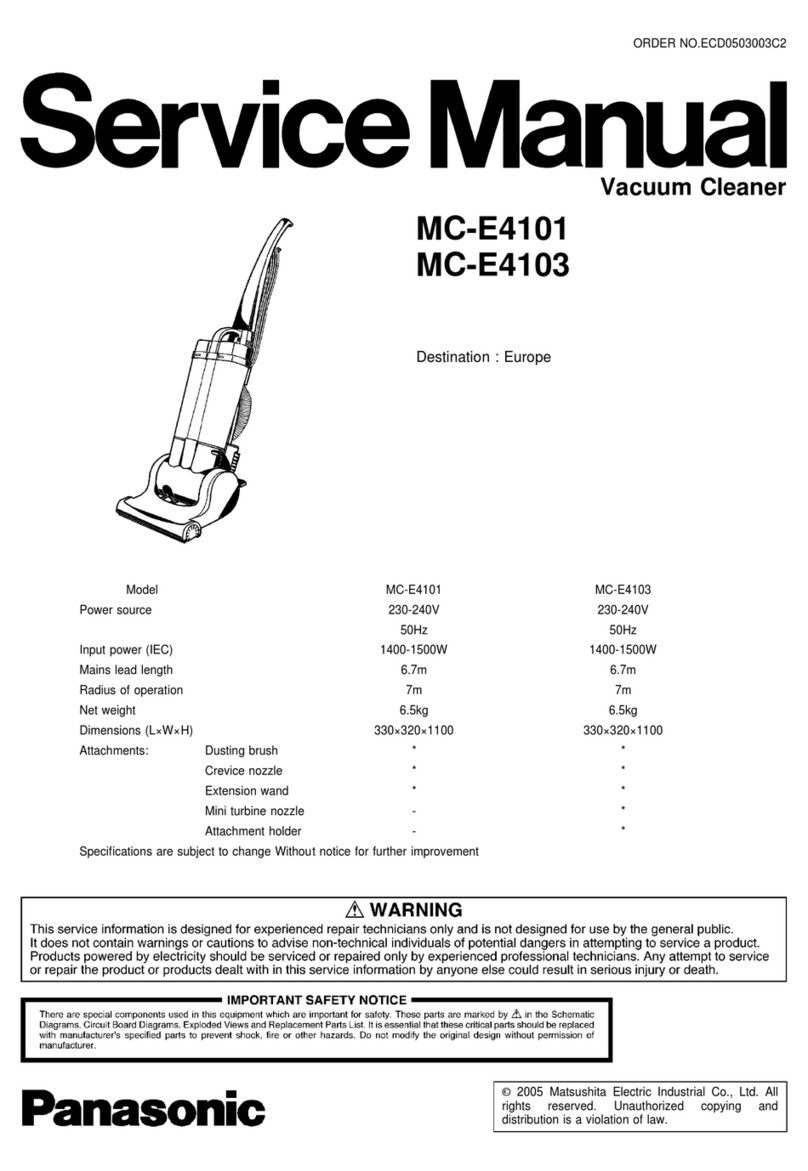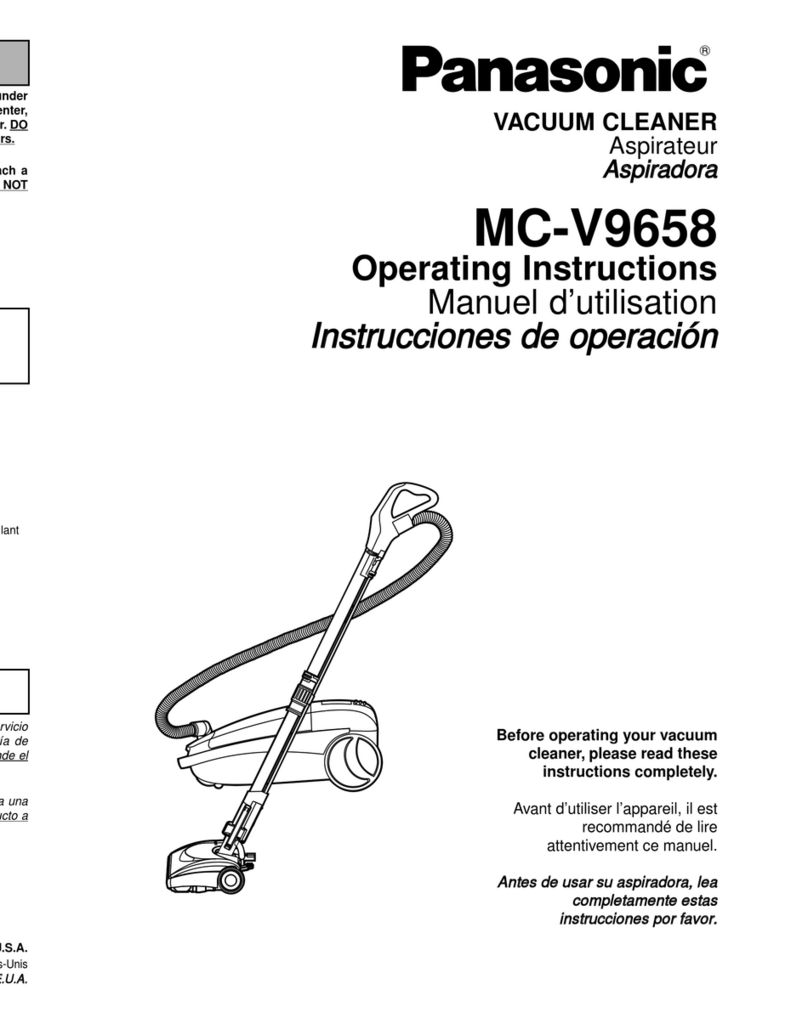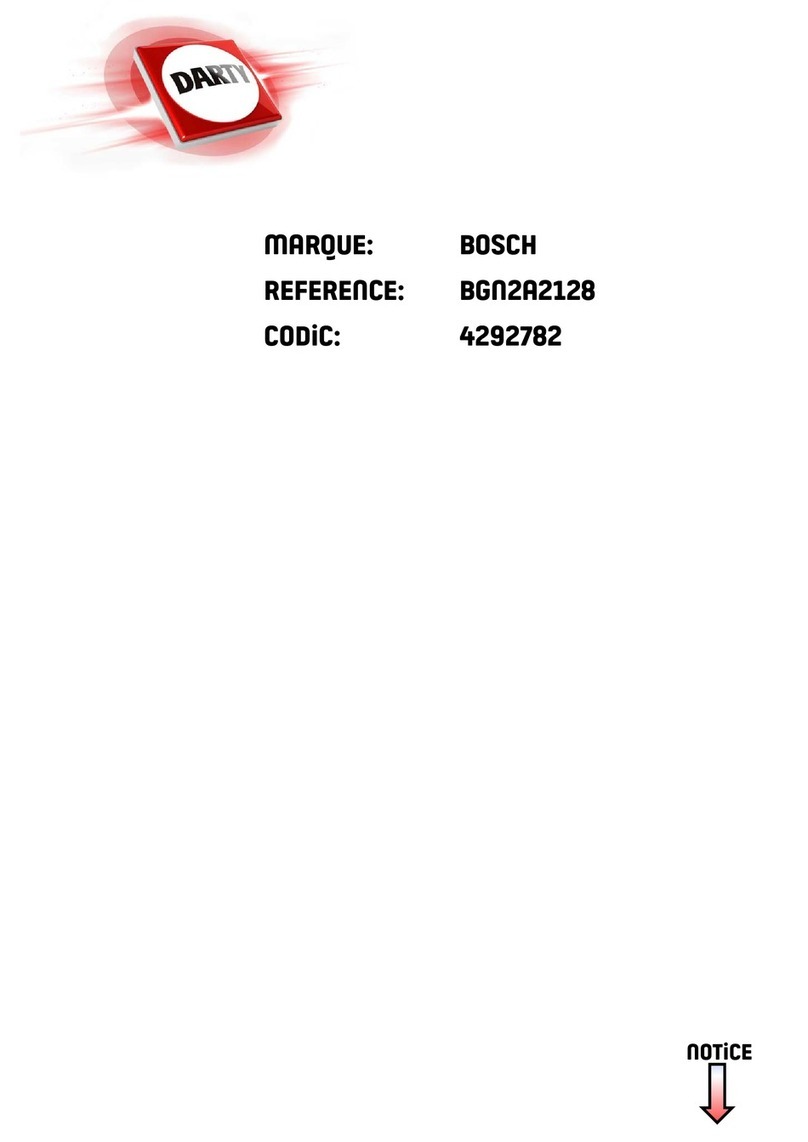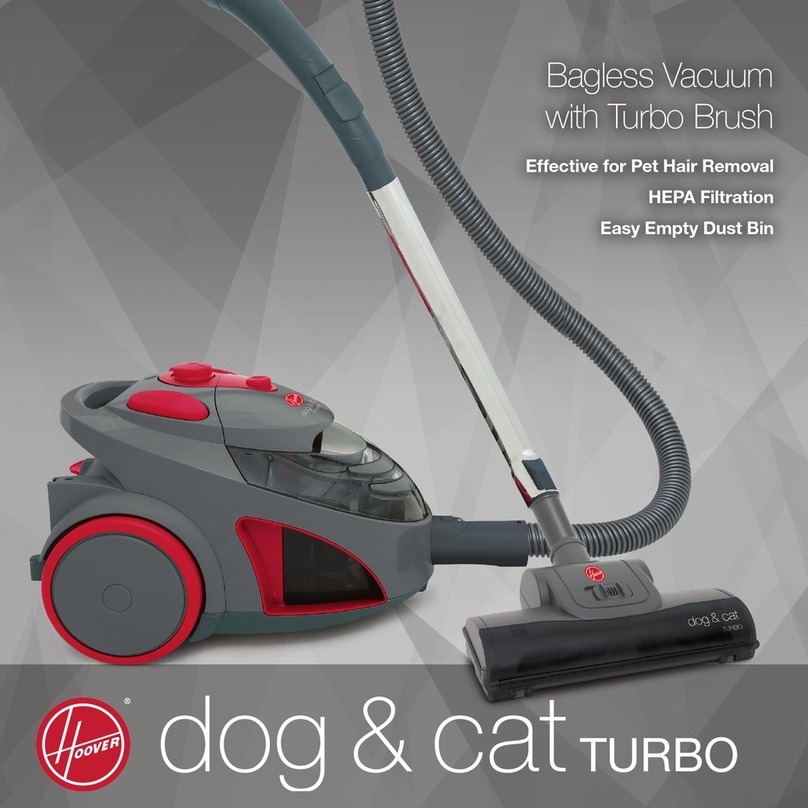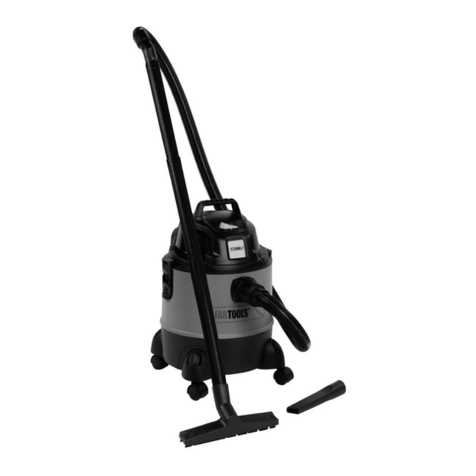PRODUCT
P 1/ 23
2.0*1/ 3.5*2
22.0
Models No.
Description
CONCEPT AND MAIN APPLICATIONS
Specification
Standard equipment
VC1310L, VC2510L, VC3210L
Vacuum Cleaners
Max. sealed suction: kPa
Max. air flow: m3/minute
Yes
Automatic on/off system interlocked with the switch
of connected power tool
1,050Continuous rating input: W
Wet & DryWet/Dry type
VC1310L VC2510LModel No.
YesVariable suction power control by dial
Tank capacity: L 25
14
Models VC1310L, VC2510L and VC3210L are Wet & Dry
vacuum cleaners approved for Dust Class L of EC regulations,
featuring Automatic on/off system that operates simultaneously
as connected power tool is switched on/off.
Their other main benefits are:
High maneuverability and easy mobility
High repairability
Compact and lightweight design for easy storage
Self-cleaning prefilter of our unique design
These models are also available with cleaning set as
"X1 models"; VC1310LX1, VC2510LX1, VC3210LX1.
Weight according to EPTA-Procedure 01/2003: kg (lbs)
*1: with Hose complete 28-3.5 *2: with Hose complete 38-2.5
9.6 (21.2)
5.0 (16.4)
Note: The standard equipment for the tool shown above may vary by country.
For all models:
Hose complete 28-3.5 set .......... 1 set
(incl. Front cuffs 38)
Holder 10-33 ............................. 6 pcs
Front cuffs 22 ............................ 1 pc
Front cuffs 24 ............................ 1 pc
For VC1310L/ X1:
Plastic dust bag 650x650 .......... 1 pc
For VC2510L/ X1, VC3210L/ X1:
Plastic dust bag 800x650 .......... 1 pc
For all models:
Plastic dust bag set .................... 1 set
(incl. 10 pcs of the Plastic dust bag
described above.)
For VC1310LX1, VC2510LX1,
VC3210LX1:
Cleaning set ..................... 1 set
Includes one each of:
-Hose complete 38-2.5
-Straight pipe
-Bending pipe
-Nozzle assembly
-Corner nozzle
For VC1310LX1:
Pipe holder ........................ 1 pc
Power supply cord: m (ft)
Grounding
73 73Noise: dB
10.5 (23.2)
VC3210L
32
27
14.5 (32.0)
Protection from electric shock
Dry 13
72
7Wet
Continuous Rating (W)
Voltage (V) Cycle (Hz) Input Output Max. Output (W)
110 10.0 50/ 60 1,050 --- ---
120 9.2 50/ 60 1,050 --- ---
220 5.0 50/ 60 1,050 --- ---
230 4.8 50/ 60 1,050 --- ---
240 4.6 50/ 60 1,050 --- ---
Current (A)
Optional accessories
Hose complete 28-2.5/ 28-3.5/
28-5.0/ 38-2.5/ 38-5.0,
Front cuff 22/ 24/ 38,
Holder 10-33, Plastic dust bag set,
Powder filter, Dumper, Pre-filter,
Filter for wet type,
Paper dust bag 15L/ 25L,
Straight pipe, Bending pipe,
Nozzle assembly, Corner nozzle,
Anchor nozzle, Round brush,
Cleaning set, Nozzle for wet type,
Pipe holder
Dimensions: mm (")
Length (L)
Width (W)
Height (H)
334 (13-1/8)
366 (14-3/8)
420 (16-1/2)
416 (16-3/8)
432 (17)
451 (17-3/4)
398 (15-5/8)
552 (21-3/4)
685 (27)
Model No. VC1310L VC2510L VC3210L
TECHNICAL INFORMATION
W
L
H
[VC1310L]
W
L
H
[VC3210L]
[VC2510L]
